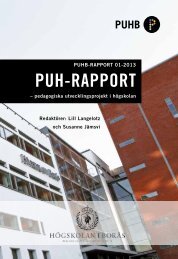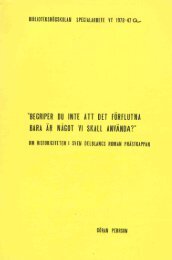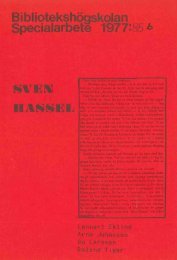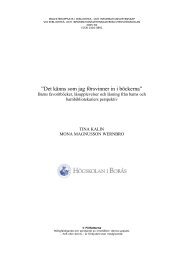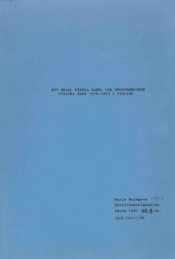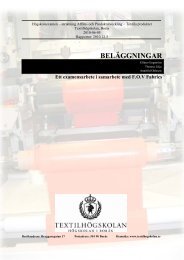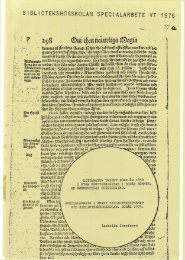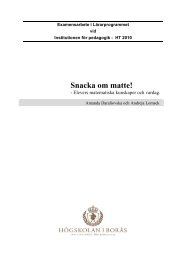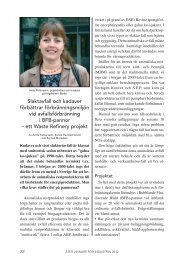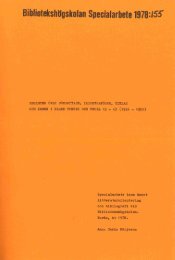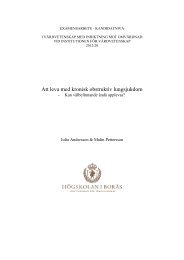2.1.8.2. Absorbency Under Load (AUL) - BADA
2.1.8.2. Absorbency Under Load (AUL) - BADA
2.1.8.2. Absorbency Under Load (AUL) - BADA
You also want an ePaper? Increase the reach of your titles
YUMPU automatically turns print PDFs into web optimized ePapers that Google loves.
The increase in water uptake at pH 8 might be due to increase in the no net electrical charge at the<br />
surface of the zygomycetes protein, it seems that around pH 8 might be the isoelectric point (pI) of<br />
IZP-hydrogel. It should be mentioned that increasing swelling capacity of hydrogel is not directly<br />
related to the binding of water molecules to ionized carboxyl groups. It could be related to<br />
untangling of the protein chain due to electrostatic repulsion inside the hydrogel network, resulting<br />
in maximum water absorption.<br />
Swelling (g/g)<br />
100<br />
80<br />
60<br />
40<br />
20<br />
0<br />
0 2 4 6 8 10 12 14<br />
Figure 34. Effect of pH in buffer solutions on swelling capacity of the IZP-Hydrogel<br />
3.6.Ⅱ. Kinetics of Swelling<br />
Figure 35 illustrates the swelling kinetic of EDTAD-IZP hydrogel in deionized water as a function<br />
of time. Swelling behavior of the IZP-hydrogel was shown during the 24 h a maximum water<br />
uptake of 87 g water/g dry gel after 24h at 25±2° C. The maximum rate of water uptake was<br />
obtained during first hour, afterward slope increase very slowly up to 24 hours. In fact, the<br />
swelling kinetic of superabsorbent is better to determine up to first hour of immersion.<br />
pH<br />
62



